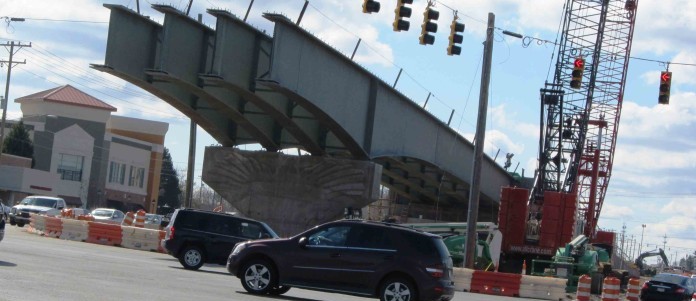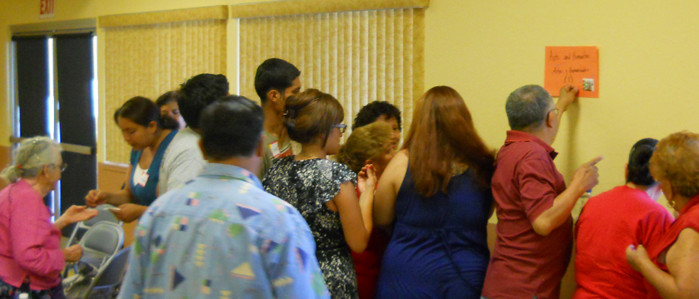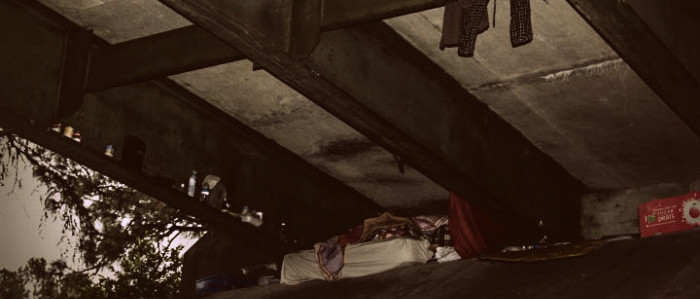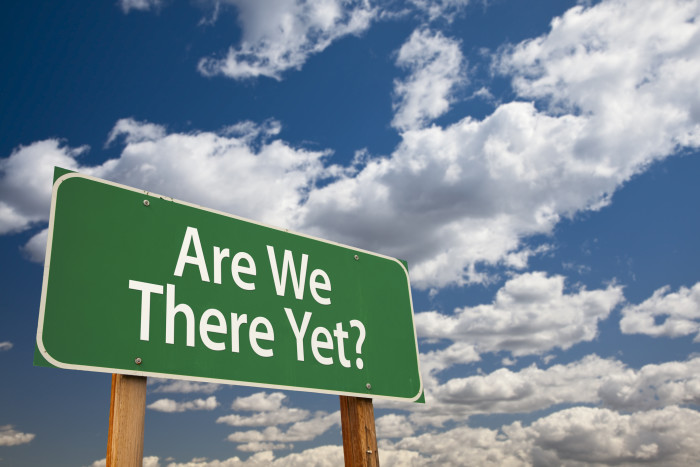
Stanford Center for Social Innovation just released an article titled Community Engagement Matters (Now More Than Ever), co-authored by Melody Barnes of the Aspen Forum for Community Solutions and Results for America and Paul Schmitz of the Collective Impact Forum. The article is concise and powerful, and it calls for pairing evidence-based programs and data with genuine community engagement and context for best results toward sustainability of community-level change. Without both approaches, top-down efforts will ultimately fail to create lasting change. Specifically, the article states:
“To achieve positive and enduring change, public and nonprofit leaders must create community engagement strategies that are as robust as the data-driven solutions that they hope to peruse.” Continue Reading







